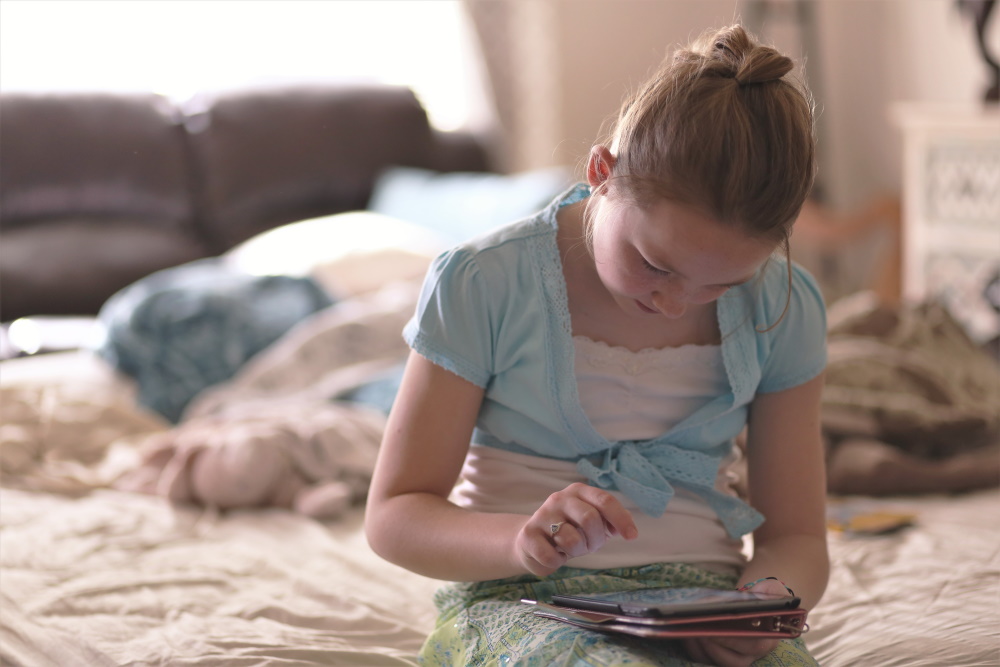With the closures of so many schools due to the outbreak of COVID-19, many parents are finding themselves in a situation where their children need to be educated at home.
Before you begin panicking over creating curriculums and organizing study schedules, many school districts are recommending that you not attempt to emulate a school environment for 6-8 hours per day.
Instead, they are suggesting that children from grades K-8 spend at least 1.5 hours per day on academics while kids from grades 9-12 should be spending over 2.5 hours per day on studies.
Unless you’ve been handed a plan by your child’s school, you should start by focusing on reading and mathematics.
You can help ease your child into at-home learning by creating an environment that encourages learning. Here are some tips for creating a homeschool environment during social isolation:
Create a School Space
While it’s great that you’re having your children participate in online learning or other school-based activities, if they’re distracted they are less likely to retain that information.
It may be tempting to allow your kids to hunker down in their rooms to “learn” but you should really designate an area of your home specifically for leaning.
The kitchen table or even coffee table in the living room are appropriate spaces – just make sure the screens are turned off and your child is able to concentrate.
Create Learning Stations
When you think about an actual school environment, students are either moving from class to class or given breaks in between subjects.
You can encourage these natural brain breaks by setting up different learning stations around your home. One area can be focused on math while another on arts and crafts. A big comfy chair is the perfect place for your child to do some reading.
Allowing your child to move around is a great way to help them keep their focus.
Keep Supplies Handy
A huge benefit to homeschooling your children is that you can follow their lead. When you allow your child to choose what they want to learn and/or how they want to learn it, they are going to be able to better focus and retain the information.
Keep art supplies, books, pencils, workbooks, etc. accessible.
If you find your child losing interest in one activity or topic, you can quickly switch to something that will hold their attention.

Limit Technology
With so many parents working from home, the idea of having your child engage in online learning is optimal. However, you don’t want to rely too heavily on technology to educate your child.
Periodically during the day, talk to your child about what they are learning. Also try to provide activities such as worksheets that require using a pencil and paper.
You can also use daily tasks to help your child learn. Writing to-do lists helps with their printing while cooking uses mathematical skills, for example.
Go Outside
Getting fresh air and exercise, especially during this situation, is important in maintaining good physical and emotional health. Going outside also provides many valuable learning opportunities.
Here are some learning ideas you can do outside:
- Practice spelling with sidewalk chalk.
- Take notes while walking through nature – research them when you get home.
- Learn about colors and shapes.
- Do a scavenger hunt through the city.
- Make and put up a bird-feeder.
- Organize obstacle courses.
Apart from the benefits of being outdoors, going outside to learn is also a great way to change up your routine and break up the day.
Be Sure to Focus On Your Well Being
The most important thing during this entire situation is to make sure your family is physically, mentally and emotionally well. If that means taking breaks from learning, by all means do so.
How do you plan on homeschooling your little ones? Let us know in the comments!

